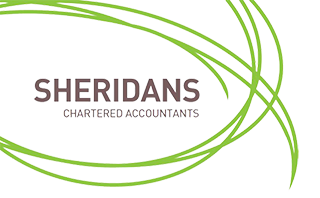A Personal Insolvency Agreement is a formal arrangement with creditors and is an alternative to bankruptcy.
A Personal Insolvency Agreement (“PIA”) is an arrangement between the debtor and their creditors whereby the debtor offers to pay creditors in instalments or in a lump sum either the full amount or part of the amount owing to creditors. Once creditors have accepted the debtor’s offer by special resolution, the PIA becomes legally binding.
How it works
The debtor appoints a Controlling Trustee to take control of their property and put forward a proposal to creditors.
The Controlling Trustee examines the debtor’s affairs and submits a report to creditors. The report informs creditors of the reasons for insolvency, and includes details of the proposal being made to creditors, comparing the amount creditors are likely to receive if they accept the PIA and what they are likely to receive if the debtor becomes bankrupt. The Controlling Trustees makes a recommendation in the report as to whether creditors should accept the proposal.
A creditors’ meeting is held to consider the proposal and Controlling Trustee’s Report. If the proposal is accepted, all creditors who received notice of the proposal are bound by the decision of the meeting. A Trustee is appointed to administer the PIA.
If the proposal is rejected, the creditors can vote on whether the debtor should petition for bankruptcy. However, this is not enforceable.
